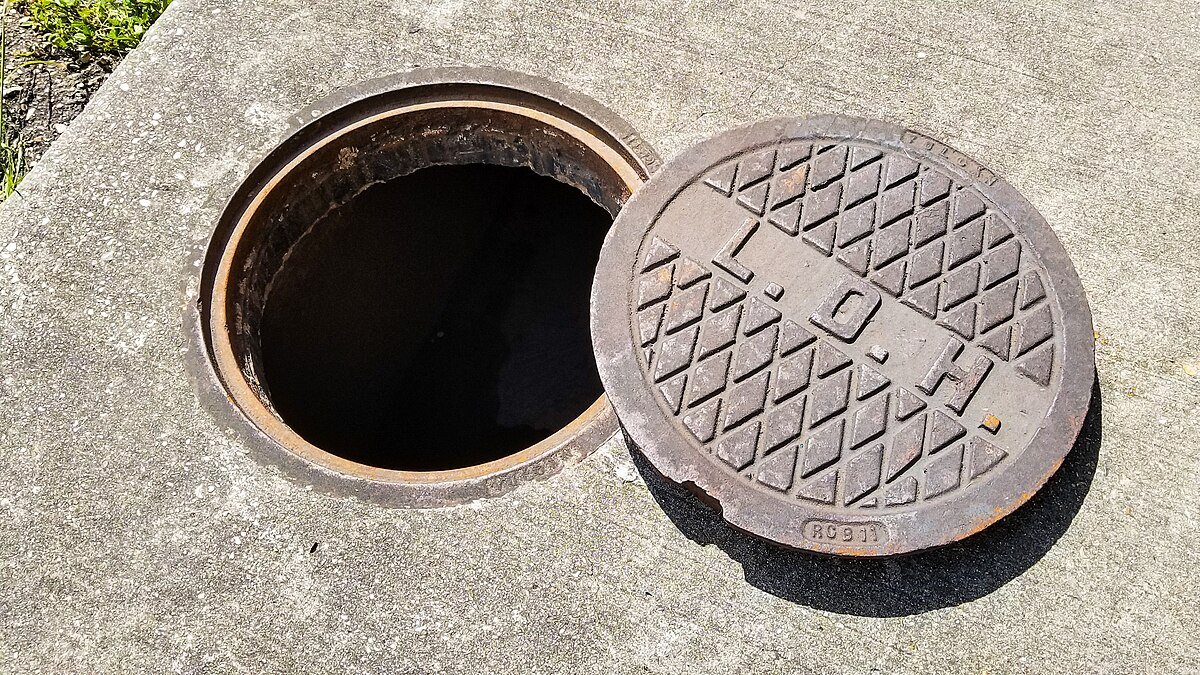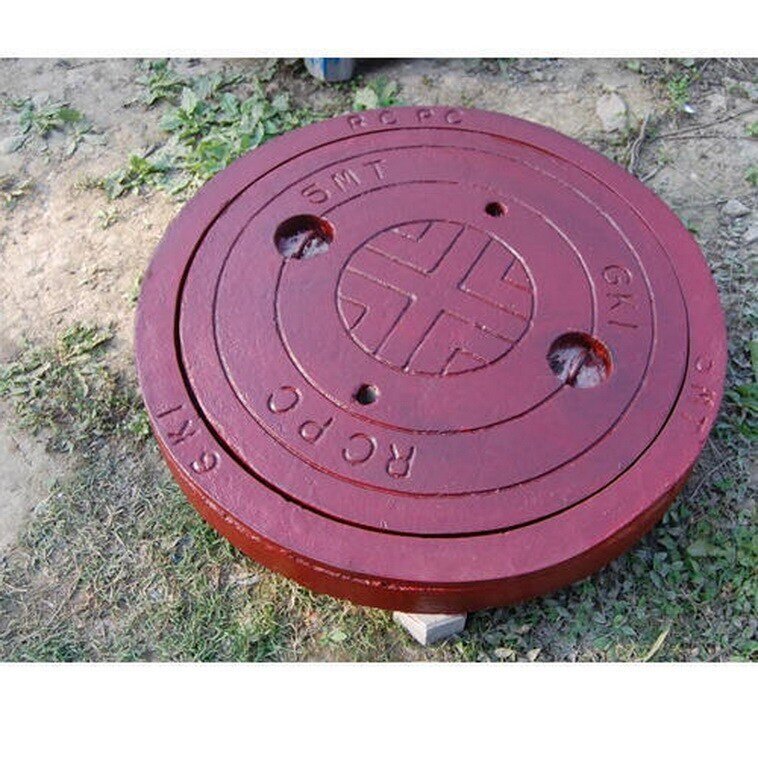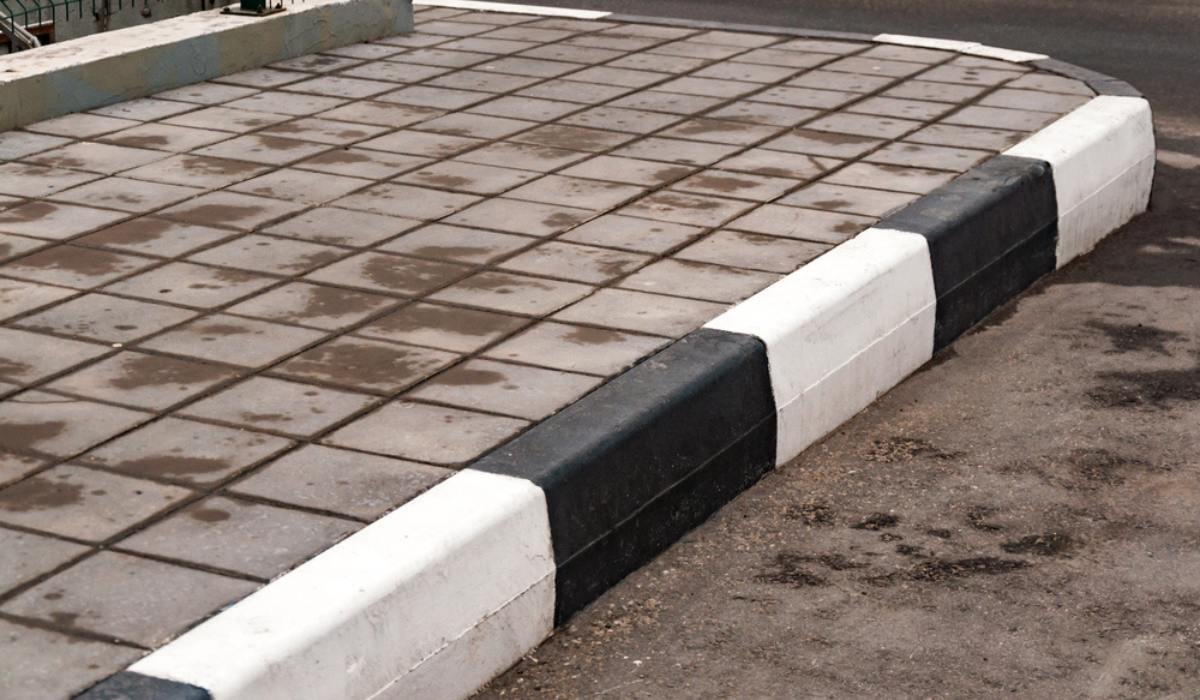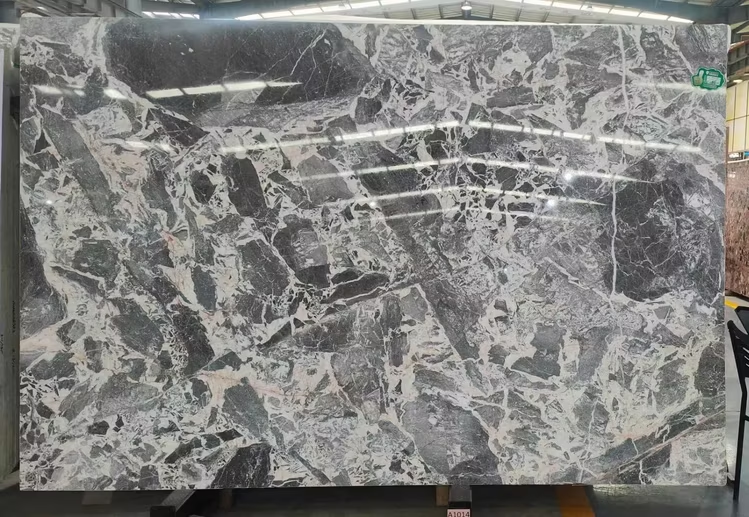A manhole is a vital component of urban infrastructure, providing access to underground utility systems such as sewers, stormwater drains, water pipelines, and telecommunication networks. Often overlooked, manholes play a crucial role in ensuring the maintenance, safety, and efficiency of city services. By allowing engineers and workers to inspect, clean, and repair underground systems, manholes help prevent blockages, flooding, and infrastructure damage.
Purpose of a Manhole
The primary purpose of a manhole is to offer safe entry and exit for maintenance personnel. Additionally, it allows for:
- Inspection of underground systems
- Cleaning of sewer and drainage pipelines
- Repair or replacement of utility lines
- Monitoring and controlling the flow of water or sewage
Manholes also help in ventilation, preventing the buildup of toxic gases in sewer systems.
Components of a Manhole
A typical manhole consists of:
- Cover: The top lid, usually circular, that prevents accidental falls, unauthorized access, and debris entry.
- Frame: Supports the cover and ensures a proper fit, often anchored into the surrounding pavement or concrete.
- Shaft: The vertical passage that provides access to the underground system.
- Bench and Invert: Internal structures that guide the flow of sewage or stormwater and provide a stable walking surface for maintenance personnel.
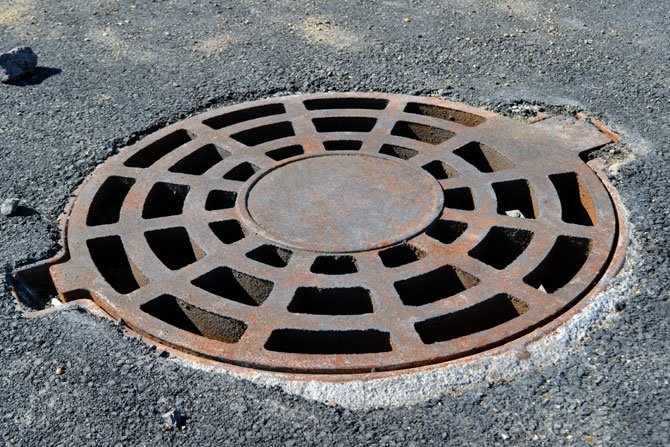
Types of Manholes
Manholes can be classified based on their function or construction:
- Sewer Manholes: For inspection and maintenance of sewer lines.
- Stormwater Manholes: Used in drainage systems to prevent flooding.
- Utility Manholes: For electrical, telecommunication, and gas pipelines.
- Precast Concrete Manholes: Manufactured off-site using reinforced concrete, ensuring durability and consistent quality.
- Brick or Masonry Manholes: Constructed on-site using bricks or stone for older or traditional systems.
Design Considerations
A well-designed manhole should:
- Support traffic loads to prevent accidents or damage.
- Resist corrosion from sewage, chemicals, or environmental conditions.
- Allow easy access for workers and equipment.
- Ensure safety with anti-slip surfaces and ventilation.
Modern manholes often use RCPC (Reinforced Cement Concrete Precast) covers and frames for improved strength, longevity, and maintenance efficiency.
Importance in Urban Planning
Manholes are critical for urban sanitation and drainage management. They help cities handle rainwater, prevent sewer blockages, and maintain utility networks. Properly designed manholes reduce maintenance costs, prevent accidents, and ensure the smooth functioning of urban infrastructure.
Though simple in appearance, a manhole is a cornerstone of urban utility systems. By providing access, safety, and functionality, it ensures that sewers, drains, and underground utilities operate efficiently. Investing in high-quality manholes is essential for sustainable, safe, and well-maintained cities.
RCPC Manhole Covers and Frames
RCPC Gully Grating and Gully Pit Cover
Interior Decoration Website Design
![]()

